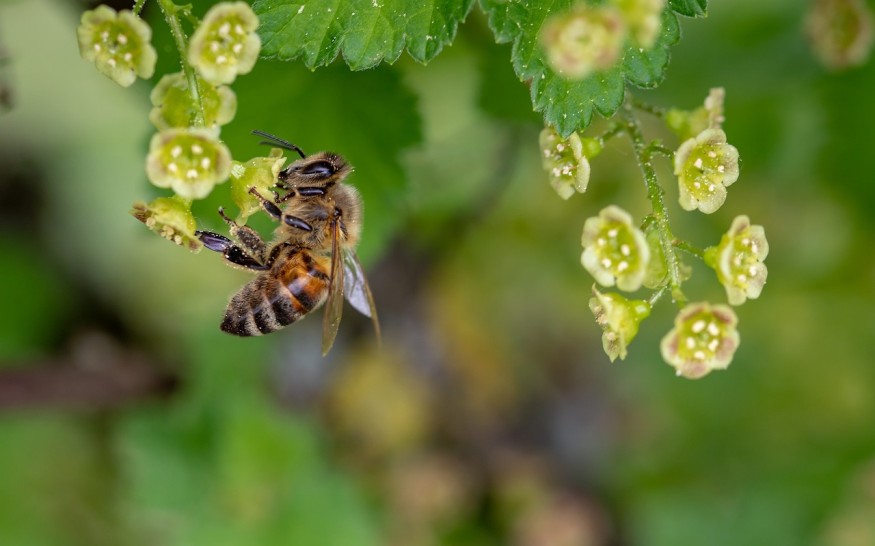Bees are known as the buzzing winged insects able to create their own hives and some of the world's most efficient pollinators that plants and crops depend on. Aside from stinging humans and other animals when disturbed, bees also provide us with substances like honey, beeswax, royal jelly, and among others used for medicinal and nutritional purposes, according to the Food and Drug Administration.
In previous years, scientists have studied different bee species amid their widespread hives, colonies, and populations even in some residential areas in the tropical and subtropical regions of Earth. However, a new report revealed bees have been around with humans for thousands of years and as early as the kingdom of Macedon, located north of Greece. The association of bees with us is linked by a common denominator: currency.
Honeybee Coin

Around 2,400 years ago, the Macedon kingdom conceptualized on creating a silver obol coin. This monetary product is embellished with a symbol of a honeybee on its one side. Just recently, the Royal Australian Mint in 2022 issued a $2 coin with a honeybee, according from an article by The Conversation on Monday, July 24.
Several centuries have passed between these two events, showing that the symbolic connection on currency between honey and money is common, the report says. A study published in the Australian Coin Review highlights several of these link, including in 2016 where the newly released New Zealand hexagon-shaped dollar coin at that time represented a bee on its side.
Ancient Coins
The ancient coins from the kingdom of Macedon symbolling the insect pollinator mentioned earlier are only some of the instances where bees were used as a symbol in concrete currency like money.
In ancient Greece, different Greek cities and towns also used the image of the bee on their coins, since possibly they had economic ties with Ephesus, an ancient city in Ionia (located along the Aegean coast of Turkey), where people made the bee as their civic emblem, according to the American magazine Bee Culture.
In the island country of Tonga, a coin depicts 20 honeybees surrounding a hive. It is part of the Food and Drug Administration (FAO) international coin program from 1975 to 1979 to advocate sustainable agriculture, as cited by the website ResearchGate.
The Missing Link
The main reason behind our fondness for bees and their integration with coins remains unclear. However, aside from their role in nature and pollination, The Conversation article stated public awareness and the environmental impact of bees could be factors in our interest in "bee coins."
In the United States, honey bees are significant money makes in the country's agriculture sector, according to the FAO, which described the insects as sociable and hard-working creatures that can produce six hive products such as beeswax, honey, pollen, propolis, royal jelly, and venom. Among them, honey is the most relevant and commercialized bee product.
© 2025 NatureWorldNews.com All rights reserved. Do not reproduce without permission.





